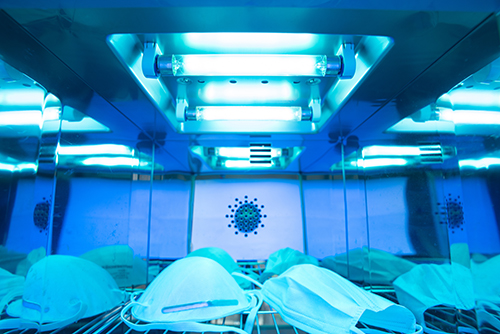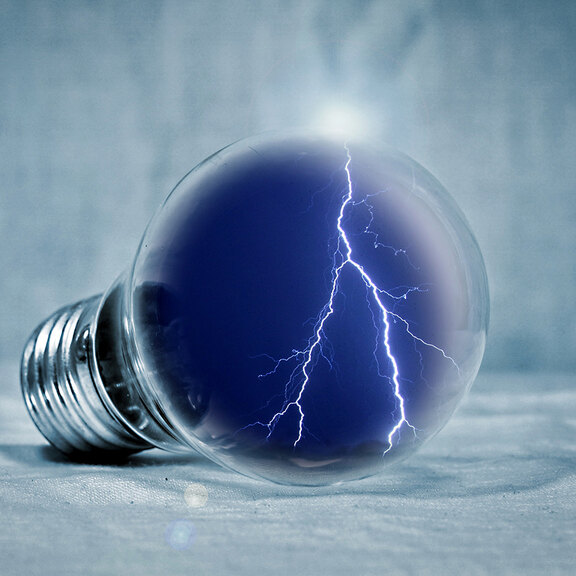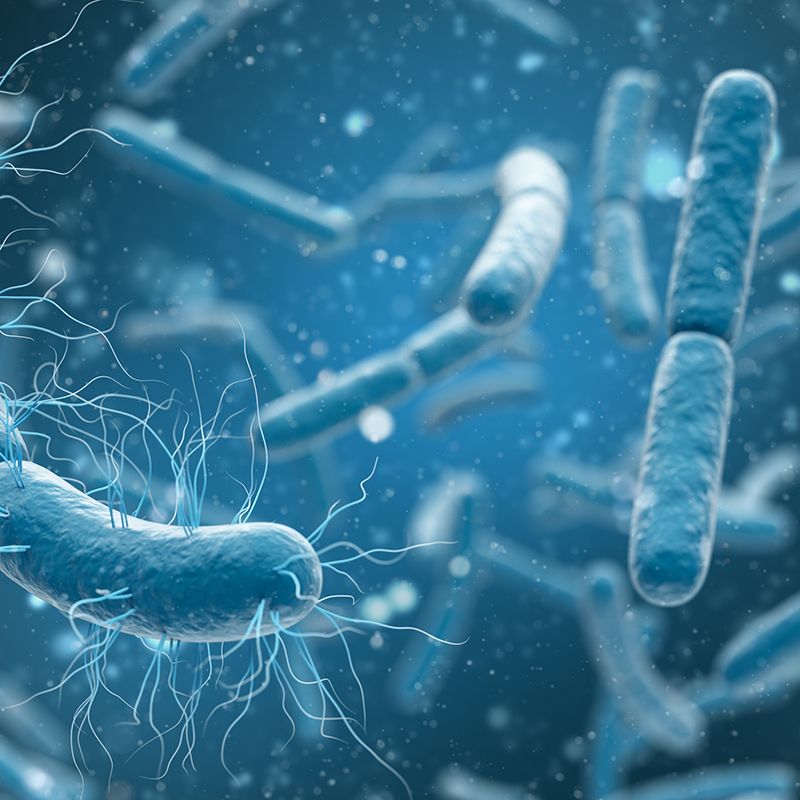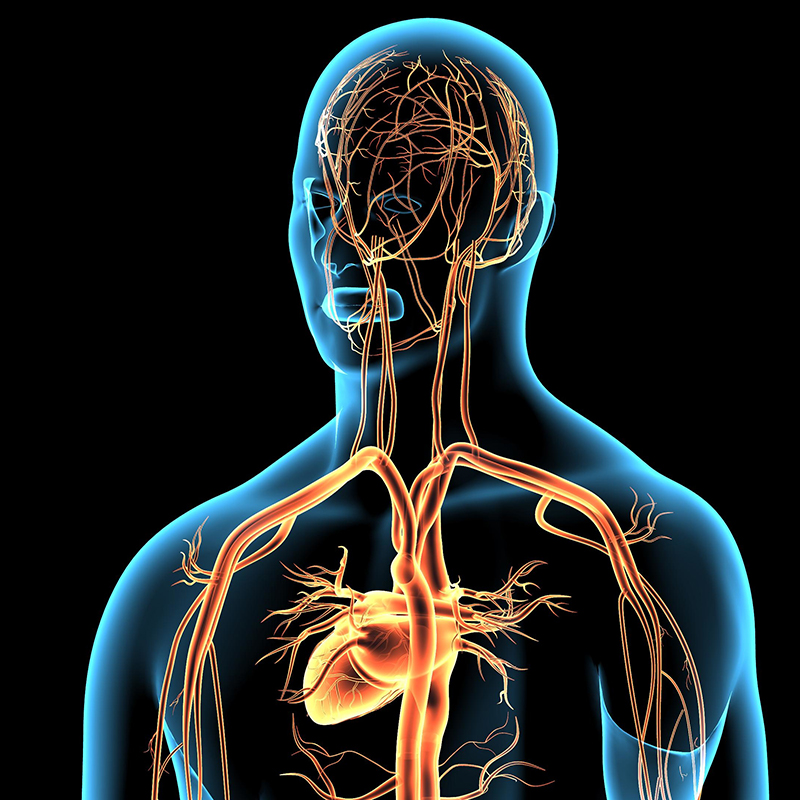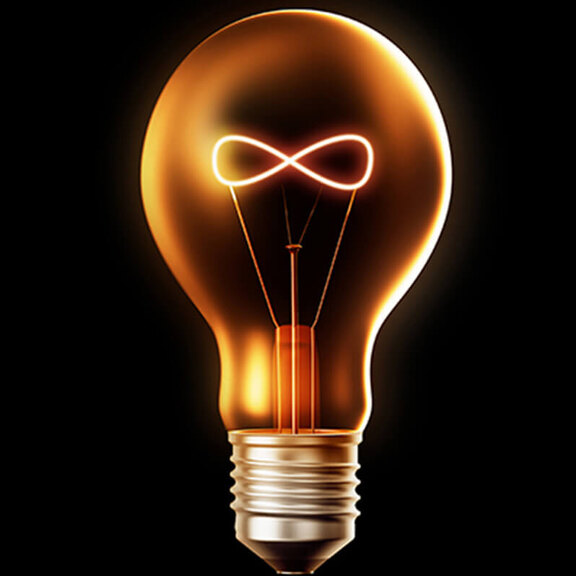Even Albert Einstein believed that the invention would have “considerable practical and scientific relevance.” He was referring to the mercury-vapor lamp, a precursor to the light bulb. Its inventor was Martin Leo Arons, who was born in Berlin in 1860. He came from an upper-class Jewish family and studied physics in Leipzig and Würzburg. In 1889, he became an assistant to August Kundt at the University of Berlin. With him, Martin Leo Arons researched, among other things, Maxwell’s theory of electromagnetism. But he was denied the position of extraordinary professor, presumably because he was a member of the Social Democratic Party.
Then, in 1892, he made the coup that landed him Einstein’s praise: a mercury- vapor lamp for the detection of electric waves. The lamp became known as the “Arons lamp” a few years later and was financed and marketed by AEG. It was used for research purposes initially, and later also in hospitals, because the mercury discharge created UV light, which is suitable for cleaning surfaces. This is one reason why just recently – more than 100 years later – UV radiation became a topic of discussion once again with the emergence of coronavirus. But hopes that it could be used to effectively cure COVID-19 were dashed by the Federal Office for Radiation Protection in June 2020: artificial UVC radiation is effective in disinfecting surfaces, but not people. However, researchers are now working on a new generation of UVC lamps using LED technology, which has even more powerful disinfecting properties.
Mercury-vapor lamps have not been commercially available since April 2015, due to their inefficiency and the toxic mercury vapor caused by the light generation.
(Header: BillionPhotos.com – AdobeStock.com, Detail: NorGal – AdobeStock.com)

